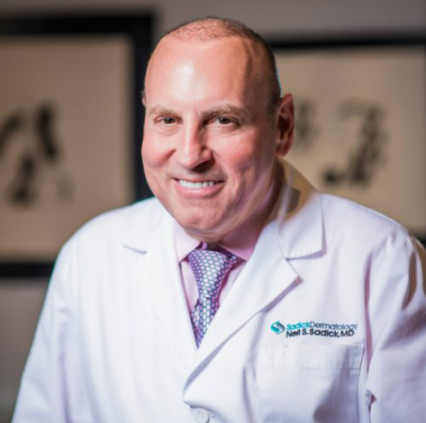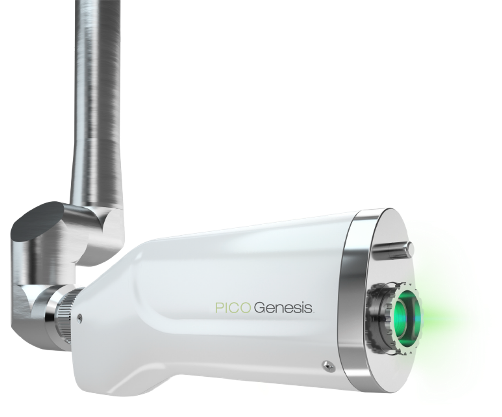Dr Neil Sadick, a leading New York dermatologist and former head of the American Academy of Cosmetic Surgery, has told Australian cosmetic industry professionals that it is time to move beyond fillers in the fight against facial ageing.
Speaking at Cosmetex in Sydney last week, Dr Sadick told his audience of cosmetic surgery professionals that the future of anti-ageing treatments was a “4D approach” ideally begun when a client is in their early twenties.
The 4D approach is based on four key strategies:
- Protection (eg, sunscreen and antioxidants)
- Promotion of cell turnover (eg, peels and laser)
- Collagen stimulation
- Volume remodelling (eg, volumisers and fillers)
“If you protect your skin, turn over your skin cells, stimulate collagen and elastic tissue and add volume to the fat pads, I believe you can slow down and perhaps even stop visible facial ageing,” he said.
However he stressed that the biggest change to current anti-ageing practices around the world is the move from fillers to volumisers.

“This is already happening in Europe and the US and will start to happen in Australia too – in five years fillers will only be used to treat tear troughs, nasiolabial folds and hands”.
He said the current “spot filling” of facial features” used in Australia is an outdated method of cosmetic injecting that does not produce the best results.
Instead he said cosmetic practitioners need to adopt the volumetric structural rejuvenation (VSR) method which sees fillers like Restylane, Juvederm and Sculptra used in a two-step process – first to “to volumetrically increase fat pads on the upper, middle and lower third of the face” and then “to produce facial contouring with more superficial dermal/subcutaneous injections into specific areas of volume loss”.
“Clients should leave the office looking like they’ve never had any work done – we are there to provide structural support.”
Apart from his presentation on recent advances in the treatment of skin revitalisation at Cosmetex, Dr Sadick was also in Australia to promote Cutera’s Enlighten Pico Genesis laser.

Dr Sadik said that although the Enlighten wasn’t the world’s only pico laser, it had the highest energy efficiency in the world and an advanced cooling system which enabled him to achieve skin rejuvenation results “that were simply not possible with earlier lasers”.
“For example, we used to use Fraxel and CO2 lasers in my clinic to eliminate melasma but there was always a high amount of rebound due to the heat that can make the pigmented areas even darker,” he said.
According to Cutera, Enlighten is a two-in-one laser that “delivers a photo-mechanical shockwave that not only shatters the pigment but stimulates remodelling in the upper layers of the skin to safely achieve dramatic improvements”.
“The unique feature of the Pico Genesis is its ability to provide ultra-short laser pulses.
“These significantly shorter pulses revitalise the skin without causing thermal damage to the surrounding tissue, which is an adverse effect commonly experienced with other conventional laser procedures.”

